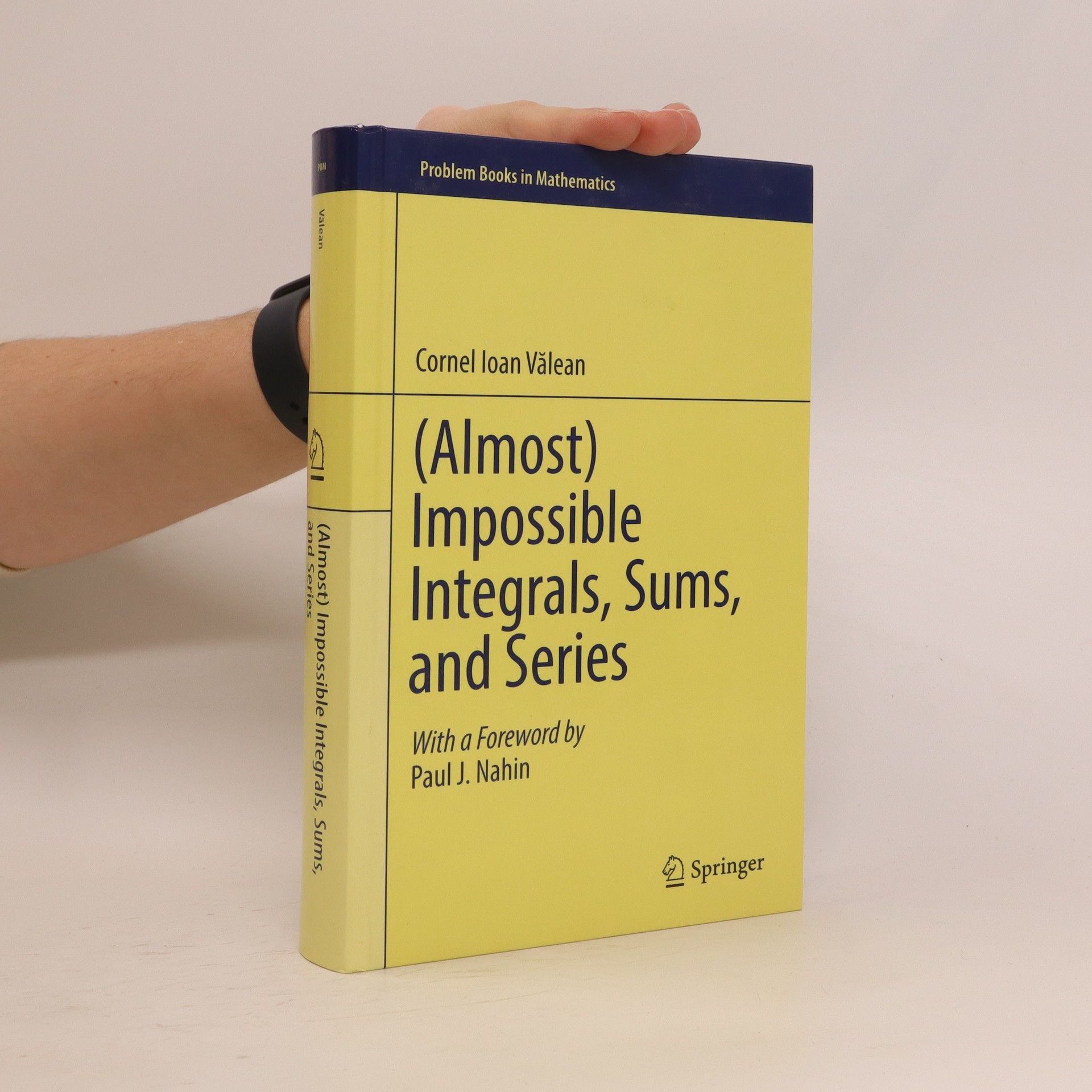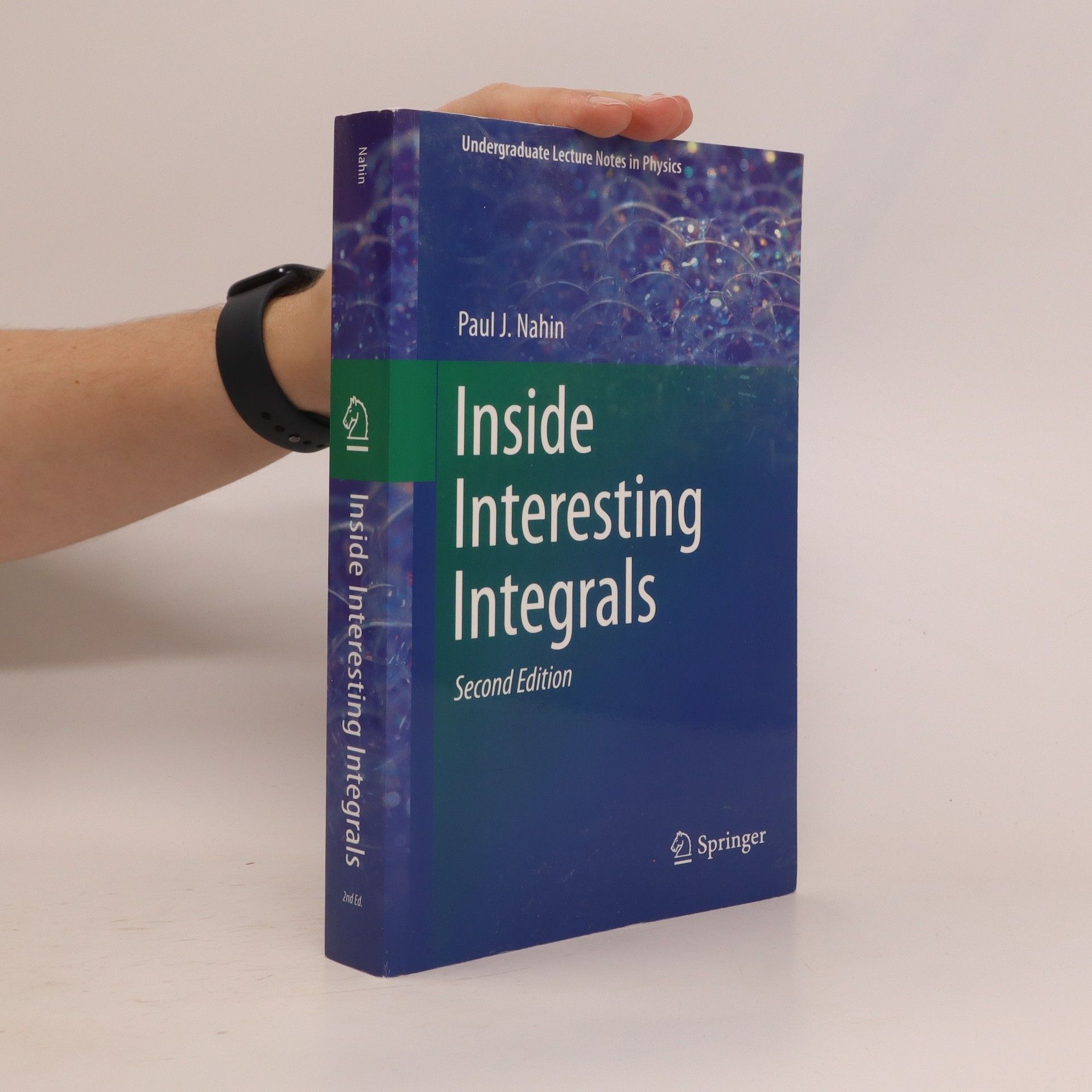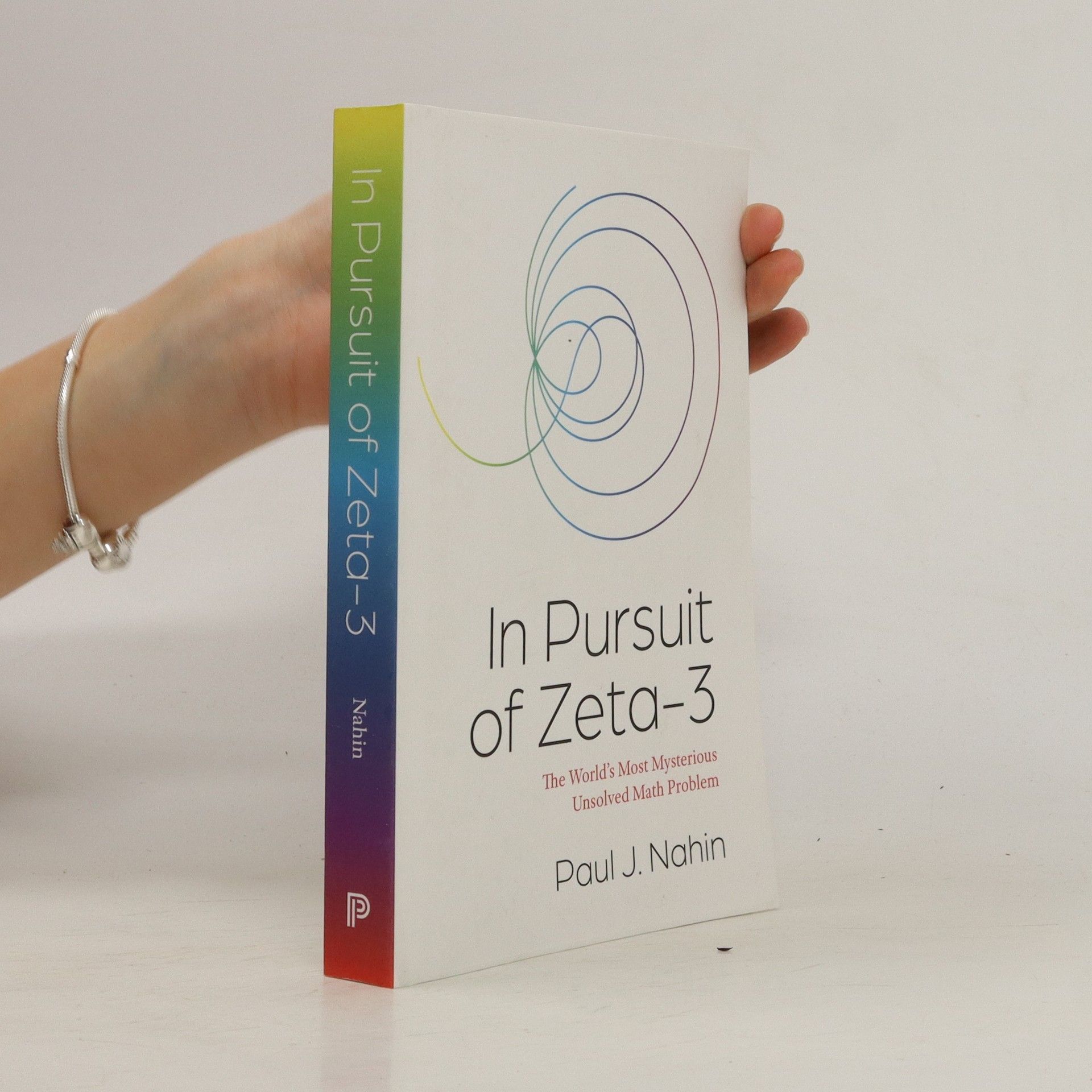How a modern radio works, told through mathematics, history, and selected puzzles. The modern radio is a wonder, and behind that magic is mathematics. In The Mathematical Radio , Paul Nahin explains how radios work, deploying mathematics and historical discussion, accompanied by a steady stream of intriguing puzzles for math buffs to ponder. Beginning with oscillators and circuits, then moving on to AM, FM, and single-sideband radio, Nahin focuses on the elegant mathematics underlying radio technology rather than the engineering. He explores and explains more than a century of key developments, placing them in historical and technological context.Nahin, a prolific author of books on math for the general reader, describes in fascinating detail the mathematical underpinnings of a technology we use daily. He explains and solves, for example, Maxwell’s equations for the electromagnetic field. Readers need only a familarity with advanced high school–level math to follow Nahin’s mathematical discussions. Writing with the nonengineer in mind, Nahin examines topics including impulses in time and frequency, spectrum shifting at the transmitter, the superheterodyne, the physics of single-sideband radio, and FM sidebands. Chapters end with “challenge problems” and an appendix offers solutions, partial answers, and hints. Readers will come away with a new appreciation for the beauty of even the most useful mathematics.
Paul Nahin Book order
Despite his background in electrical engineering, Paul J. Nahin has established himself as a respected popularizer of mathematics. His books, often incorporating elements of logic and engineering, have garnered a wide readership. Nahin makes complex mathematical concepts accessible and engaging for a general audience. His work demonstrates that mathematics can be both fascinating and approachable.






- 2024
- 2023
Focusing on the probability integral, the book explores its historical significance and various analytical approaches developed by prominent mathematicians like De Moivre and Laplace. It highlights the integral's pervasive presence in diverse fields such as mathematics, physics, engineering, and probability theory, emphasizing its challenges and the techniques used to evaluate it. The author also delves into applications in thermodynamics and signal processing, making the content accessible to undergraduates and appealing to those interested in mathematics and its history.
- 2021
"For centuries, mathematicians have tried, and failed, to solve the zeta-3 problem. This problem is simple in its formulation, but remains unsolved to this day, despite the attempts of some of the world's greatest mathematicians to solve it. The problem can be stated as follows: is there a simple symbolic formula for the following sum: 1+(1/2)^3+(1/3)^3+(1/4)^3+...? Although it is possible to calculate the approximate numerical value of the sum (for those interested, it's 1.20205...), there is no known symbolic expression. A symbolic formula would not only provide an exact value for the sum, but would allow for greater insight into its characteristics and properties. The answers to these questions are not of purely academic interest; the zeta-3 problem has close connections to physics, engineering, and other areas of mathematics. Zeta-3 arises in quantum electrodynamics and in number theory, for instance, and it is closely connected to the Riemann hypothesis. In In Pursuit of zeta-3, Paul Nahin turns his sharp, witty eye on the zeta-3 problem. He describes the problem's history, and provides numerous "challenge questions" to engage readers, along with Matlab code. Unlike other, similarly challenging problems, anyone with a basic mathematical background can understand the problem-making it an ideal choice for a pop math book"--
- 2020
"An entertaining mathematical exploration of the heat equation and its role in the triumphant development of the trans-Atlantic telegraph cable."--Inside cover
- 2019
Will You Be Alive 10 Years from Now?
- 256 pages
- 9 hours of reading
"What are the chances of a game-show contestant finding a chicken in a box? Is the Hanukkah dreidel a fair game? Will you be alive ten years from now? These are just some of the one-of-a-kind probability puzzles that acclaimed popular math writer Paul Nahin offers in this lively and informative book. Nahin brings probability to life with colorful and amusing historical anecdotes as well as an electrifying approach to solving puzzles that illustrates many of the techniques that mathematicians and scientists use to grapple with probability. He looks at classic puzzles from the past--from Galileo's dice-tossing problem to a disarming dice puzzle that would have astonished even Newton--and also includes a dozen challenge problems for you to tackle yourself, with complete solutions provided in the back of the book. Nahin then presents twenty-five unusual probability puzzlers that you aren't likely to find anywhere else, and which range in difficulty from ones that are easy but clever to others that are technically intricate. Each problem is accompanied by an entertaining discussion of its background and solution, and is backed up by theory and computer simulations whenever possible in order to show how theory and computer experimentation can often work together on probability questions. All the MATLAB Monte Carlo simulation codes needed to solve the problems computationally are included in the book. With his characteristic wit, audacity, and insight, Nahin demonstrates why seemingly simple probability problems can stump even the experts"-- Provided by publisher
- 2019
(Almost) Impossible Integrals, Sums, and Series
- 539 pages
- 19 hours of reading
This book contains a multitude of challenging problems and solutions that are not commonly found in classical textbooks. One goal of the book is to present these fascinating mathematical problems in a new and engaging way and illustrate the connections between integrals, sums, and series, many of which involve zeta functions, harmonic series, polylogarithms, and various other special functions and constants. Throughout the book, the reader will find both classical and new problems, with numerous original problems and solutions coming from the personal research of the author. Where classical problems are concerned, such as those given in Olympiads or proposed by famous mathematicians like Ramanujan, the author has come up with new, surprising or unconventional ways of obtaining the desired results. The book begins with a lively foreword by renowned author Paul Nahin and is accessible to those with a good knowledge of calculus from undergraduate students to researchers, and will appeal to all mathematical puzzlers who love a good integral or series.
- 2018
Transients for Electrical Engineers
Elementary Switched-Circuit Analysis in the Time and Laplace Transform Domains (with a touch of MATLAB®)
- 216 pages
- 8 hours of reading
Focusing on the analysis of electrical transients, this book serves as a comprehensive introduction for students with a foundational understanding of circuits and calculus. It delves into both lumped and continuous parameter circuits using differential equations in the time domain and the Laplace transform, which is thoroughly explained for beginners. The text emphasizes the application of singular time functions like unit step and impulse, providing detailed examples to enhance understanding without oversimplifying the mathematical and physical concepts.
- 2018
How to Fall Slower Than Gravity
- 320 pages
- 12 hours of reading
"Paul Nahin is a master at explaining odd phenomena through straightforward mathematics. In this collection of twenty-six intriguing problems, he explores how mathematical physicists think. Always entertaining, the problems range from ancient catapult conundrums to the puzzling physics of a very peculiar kind of glass called NASTYGLASS -- and from dodging trucks to why raindrops fall slower than the rate of gravity. The questions raised may seem impossible to answer at first and may require an unexpected twist in reasoning, but sometimes their solutions are surprisingly simple. Nahin’s goal, however, is always to guide readers -- who will need only to have studied advanced high school math and physics -- in expanding their mathematical thinking to make sense of the curiosities of the physical world. The problems are in the first part of the book and the solutions are in the second, so that readers may challenge themselves to solve the questions on their own before looking at the explanations. The problems show how mathematics -- including algebra, trigonometry, geometry, and calculus -- can be united with physical laws to solve both real and theoretical problems. Historical anecdotes woven throughout the book bring alive the circumstances and people involved in some amazing discoveries and achievements. More than a puzzle book, this work will immerse you in the delights of scientific history while honing your math skills."
- 2017
Logician and the Engineer
- 248 pages
- 9 hours of reading
Meshing logic problems with the stories of two extraordinary men. . . Paul Nahin fashions a tale of innovation and discovery. Alongside a gripping account of how Shannon built on Boole's work, Nahin explores others key to the technological revolution, from Georg Cantor to Alan Turing.--Nature

